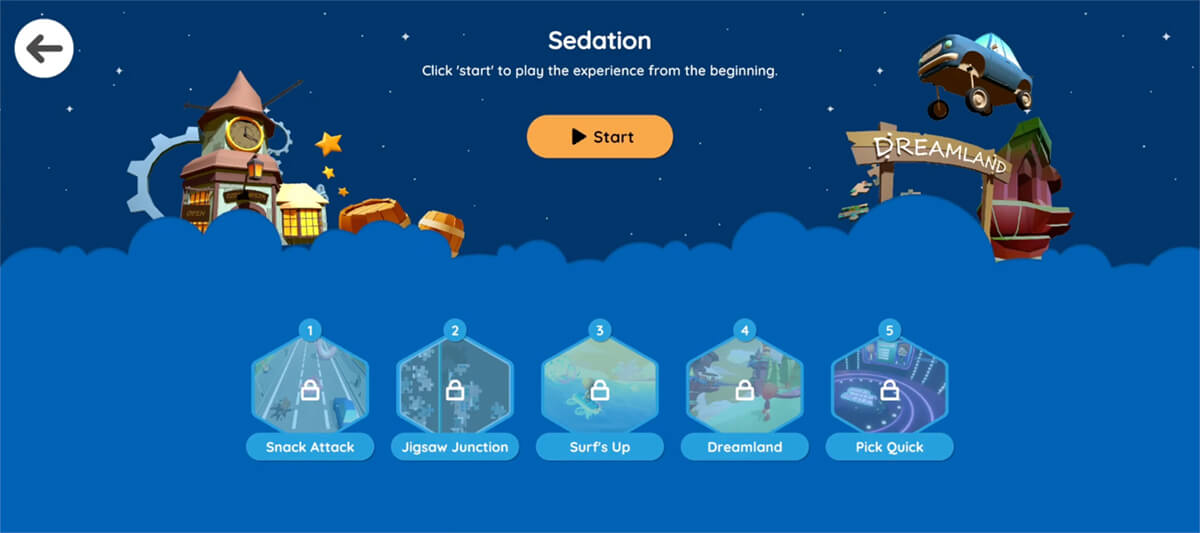
Our Sedation storybook helps in reducing procedural anxiety by guiding young patients through every step of an end-to-end sedation encounter.
From pre-sedation preparation to recovery, we explain what will happen using language a child will understand and in doing so demystify the experience and help reduce sedation anxiety.
The opportunity to access the information multiple times on a variety of devices before the sedation encounter facilitates better understanding of medical care and optimizes patient and family interactions with medical care team members. This streamlines all processes including obtaining informed consent, IV placement, sedation provision and recovery.
The Sedation storybook was developed in collaboration with University Hospitals Rainbow Babies & Children’s, Cleveland OH, and Dr. Anne Stormorken, MD, former President of the Society for Pediatric Sedation.
How it works
The experience sees a patient’s avatar receive a message from their medical team highlighting key pre-procedural preparation points. They travel to the hospital, have their weight and height checked, and have an IV inserted. The avatar undergoes sedation and ultimately wakes in the recovery room.
The sedation storybook includes five mini games, each designed to deliver a learning outcome about the sedation experience to young patients.
By providing patients with information prior to the intervention we reduce procedural anxiety and increase procedural knowledge and patient satisfaction. For the provider this increases procedural efficiency as patients are more likely to be compliant and prepared for the procedure.
Snack Attack
Snack Attack emphasizes the importance of not eating anything before receiving a sedative. The player drives a car to the hospital and the aim of the game is to swerve, jump or otherwise avoid the hotdogs, fries and doughnuts which block their way. To win, they must avoid the food, collect stars, and get to the hospital on time.
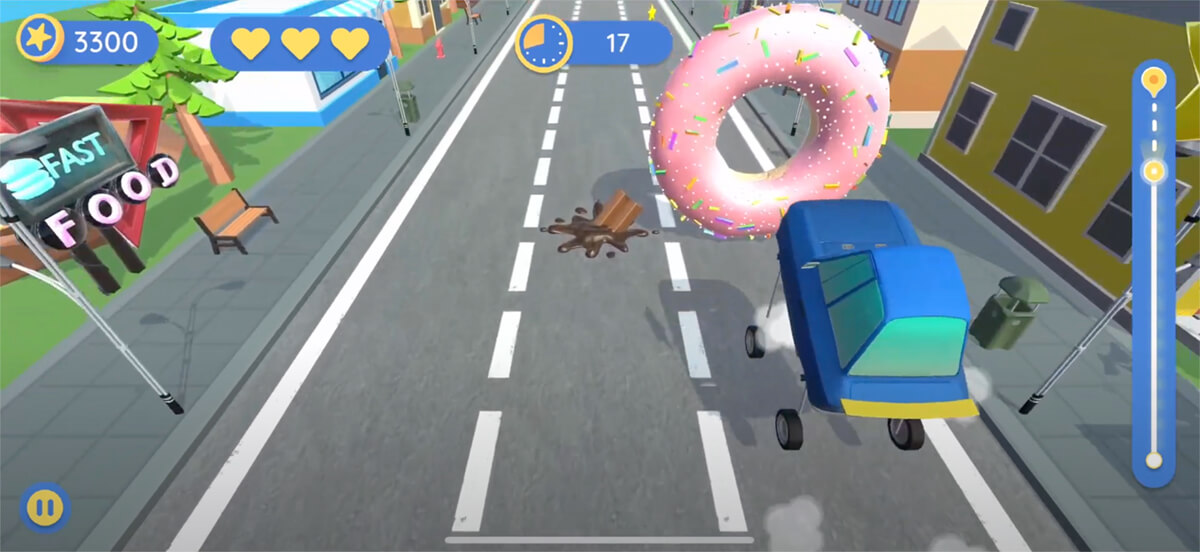
Jigsaw Junction
The goal of Jigsaw Junction is to complete a jigsaw puzzle of the sedation unit. The message to patients is to understand the importance of preparing for their visit to what might be a large facility which could be tricky to find their way around. With three difficulty levels this minigame is challenging enough for children of all ages.
The sedation unit model can be customized to match the sedation unit in your facility.
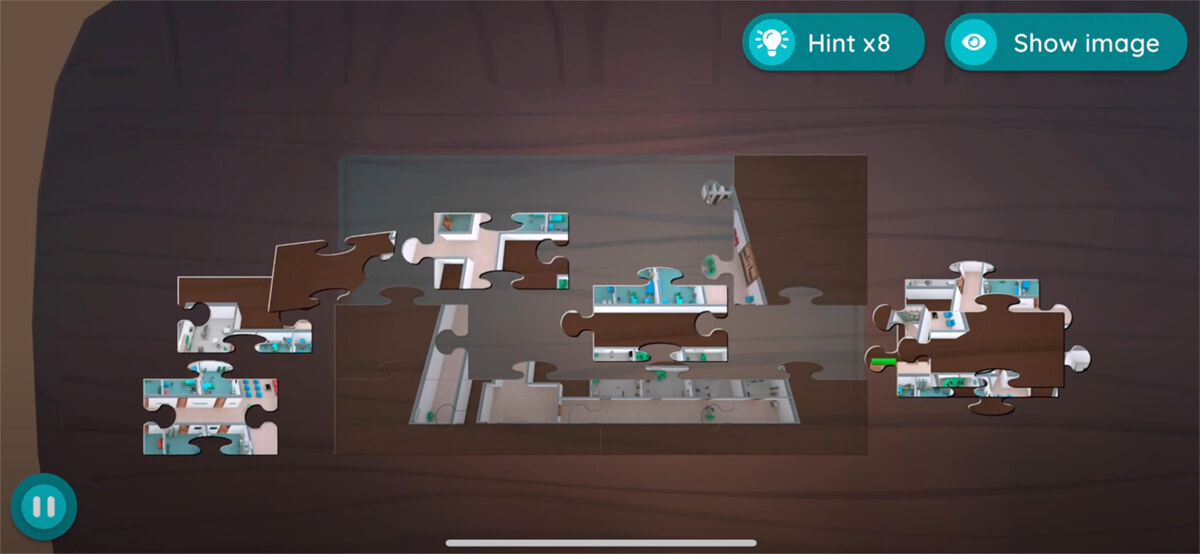
Surf’s Up
Surf’s up introduces the concept of the sedative as medicine molecules which must be collected. As the name suggests, the player’s avatar is now on a surfboard and it’s the patient’s job to guide them through the waves, all the way to Dreamland, collecting sedative medicine on the way.
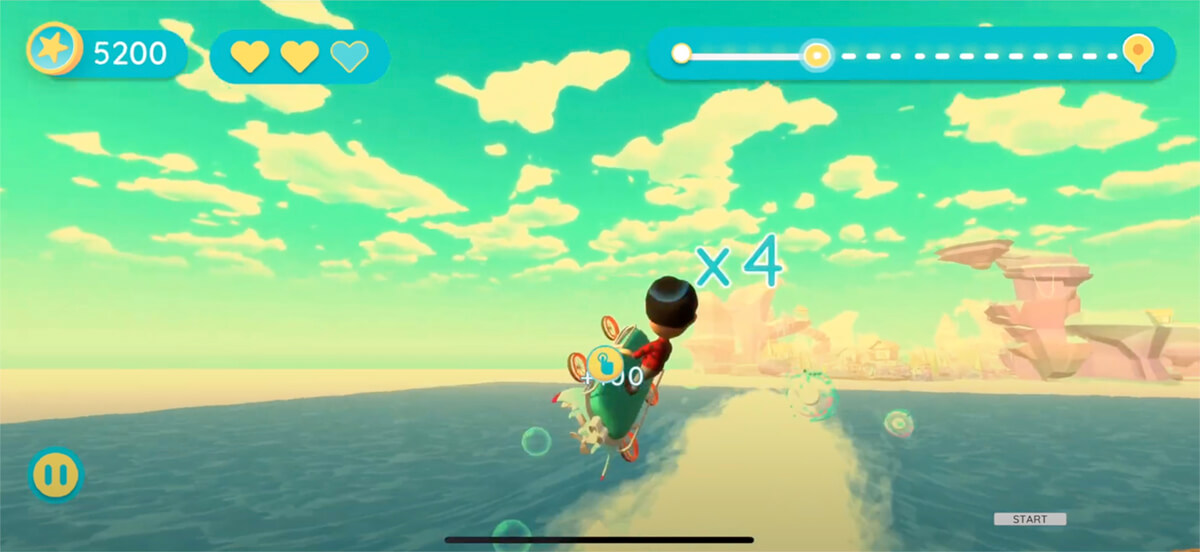
Dreamland
Dreamland is a magical place where time stands still and, in the world of Xploro, it’s where you go during sedation. The player’s avatar lands on the shore and must explore Dreamland collecting stars and pieces of the Clockmaker’s clock. When all five pieces of the clock have been gathered together and returned to the Clockmaker, the player’s avatar comes out of their sedated state and wakes up in the recovery room.
Dreamland is an abstract way of helping young patients understand what it means to undergo sedation. The role of the Clockmaker is to underscore that sedation is a time-limited experience.
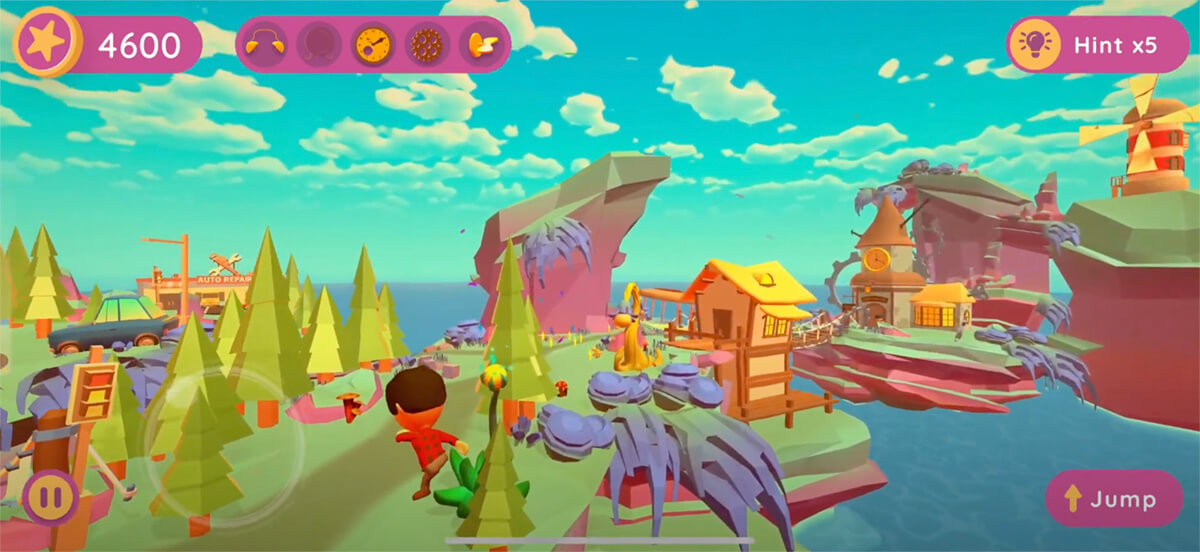
Pick Quick
The Sedation storybook rounds off with a quiz show. The player answers multiple choice questions designed to reinforce what they’ve learned while playing the Sedation storybook. ‘Easy’ and ‘Hard’ levels ensure that the game is suitable for children of all ages.
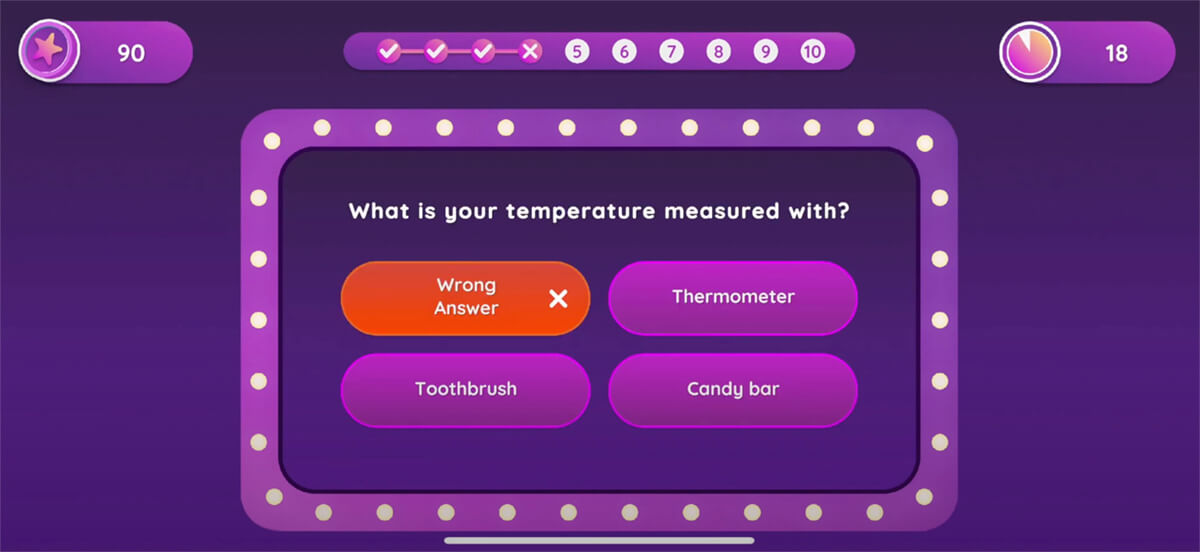
Xploro’s dedication to the pediatric patient experience is what led to our collaboration. We want to offer our kids at University Hospitals the very best experience possible when undergoing sedation. Xploro helps us facilitate that through their honest approach to communication with children who are going through a confusing and often difficult time.
Anne Stormorken, MD, University Hospitals, Cleveland